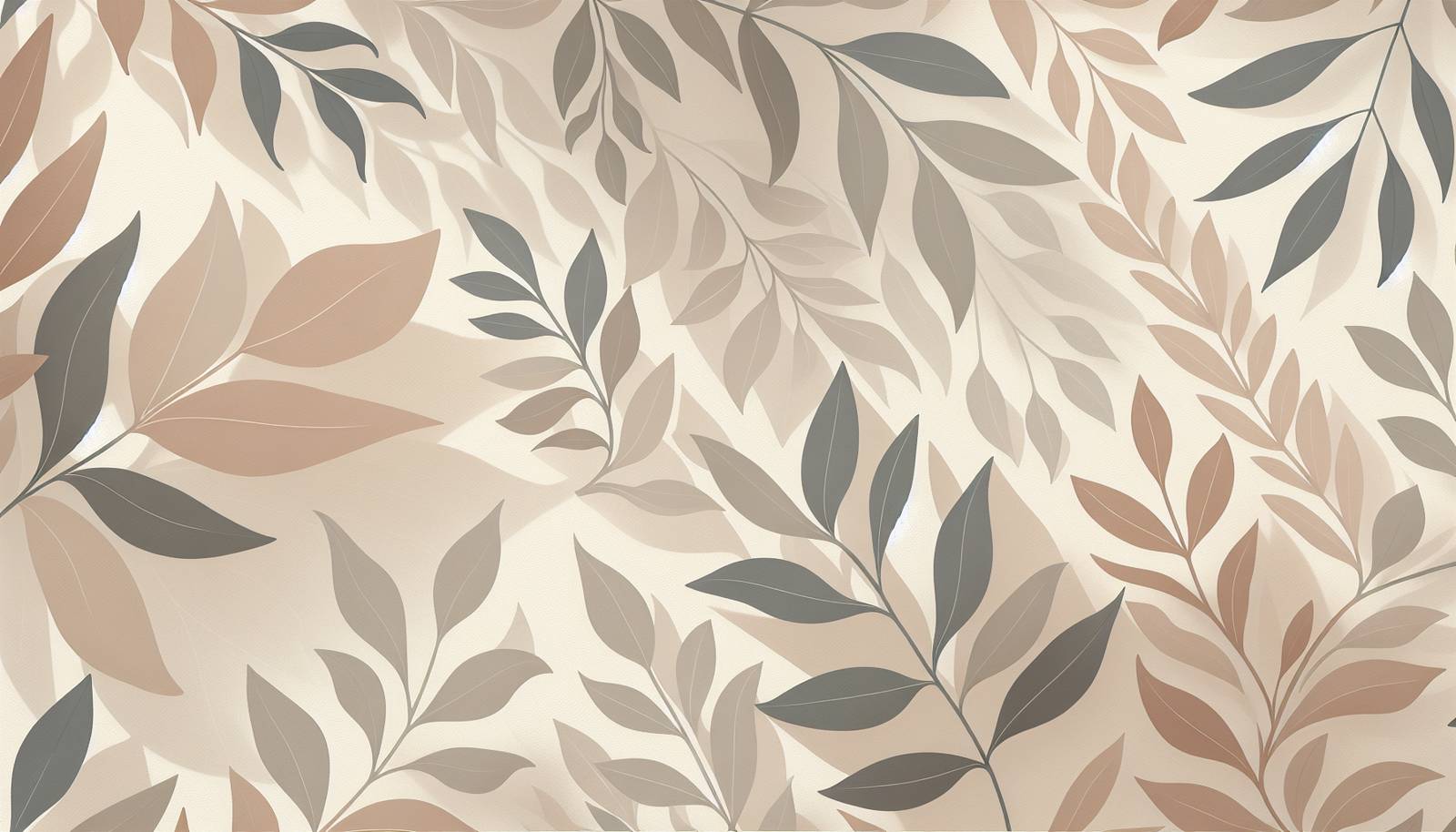
FAQ About Seasonal Indoor Plant Care

How does indoor plant care change with the seasons?
Indoor plant care changes with the seasons primarily due to variations in light, temperature, and humidity. During the spring and summer, when days are longer and temperatures are higher, plants generally require more water, more frequent fertilization, and possibly increased humidity to support growth. In contrast, during fall and winter when daylight is reduced and temperatures drop, plants generally need less water and fertilizer, and it's beneficial to maintain a stable, warm environment indoors.

How often should I water my indoor plants during winter?
Watering frequency for indoor plants during winter should be reduced compared to spring or summer. Most indoor plants require only watering once every two to three weeks in the winter, but this can vary depending on the plant species and indoor climate. It's important to check the top inch of soil before watering; if it feels dry, it's time to water. Be cautious of overwatering, as this is more common during winter months.

Do indoor plants need more light in the winter?
Yes, indoor plants generally require more light in the winter as daylight hours decrease. You can compensate for reduced natural light by placing plants closer to windows, especially south-facing ones, or using grow lights. Ensuring adequate light prevents leggy growth and helps maintain plant health through the darker months.

What is the ideal humidity level for indoor plants?
The ideal humidity level for most indoor plants ranges from 40% to 60%. In the drier months, especially winter, consider using a humidifier or placing a tray of water near plants to maintain appropriate humidity. Misting plants can also help, but it's essential not to overdo it as excess moisture can lead to fungal issues.

Should I fertilize my indoor plants differently in each season?
Yes, fertilization should adjust based on the season. During the active growing seasons of spring and summer, indoor plants benefit from regular fertilization every 4-6 weeks. However, during fall and winter, when growth slows, reduce fertilization as plants require fewer nutrients. In these dormant periods, fertilizing once every two months or halting it altogether can prevent nutrient buildup in the soil.

How can I improve lighting for indoor plants in the winter?
Improving lighting for indoor plants during winter can be achieved by maximizing natural light exposure. Place plants closer to south or west-facing windows, which offer the most sunlight. Additionally, consider using artificial lighting like LED grow lights to supplement natural light and keep plants thriving.

Can indoor plants survive in lower temperatures during winter?
While many indoor plants can tolerate slightly lower temperatures during winter, most prefer a range between 60°F and 75°F. Consistent temperatures are key, so avoid placing plants near drafts, windows, or heaters where temperature fluctuations can occur. Protect cold-sensitive plants by moving them away from cold window sills during particularly chilly days.

How can I prevent overwatering my indoor plants in the fall and winter?
To prevent overwatering in the fall and winter, check the top inch of soil before watering. Only water when the soil feels dry to the touch. Utilizing pots with good drainage and using a moisture meter can also help monitor soil moisture levels accurately. Reducing watering frequency compared to spring and summer helps prevent waterlogged soil and root rot.

What is the best way to maintain humidity for indoor plants in the winter?
Maintaining humidity for indoor plants during winter can be challenging due to indoor heating. Use a humidifier to add moisture to the air or place plants on a humidity tray—a shallow tray filled with pebbles and water. Grouping plants together can also create a microenvironment with higher humidity. Regular misting can also help but should be done with caution to avoid excess moisture on leaves.

Why do indoor plants need more care during seasonal changes?
Indoor plants require more care during seasonal changes due to shifts in light, temperature, and humidity that affect their growth and well-being. As seasons change, so do the environmental conditions inside a home, which can lead to stress for plants if not managed. Adjusting watering, lighting, and humidity levels according to the season helps mimic plants' natural habitats, promoting healthy growth and preventing disease.

How can I tell if my indoor plant is getting too much light in the spring?
Signs that an indoor plant is getting too much light include scorched or yellowing leaves, brown edges, and leaf drop. If you notice these symptoms, try moving the plant to a slightly shadier spot or use sheer curtains to diffuse the light. Adjusting the plant’s position can help prevent damage while ensuring it still receives adequate light for growth.

Is it necessary to repot indoor plants with each season change?
It is not necessary to repot indoor plants with every season change, but they may need repotting every 1-2 years, typically during spring when they're about to enter their active growing phase. Signs that a plant needs repotting include roots growing out of the pot's drainage holes, slow growth, or the soil drying out quickly. Use this time to refresh the soil and choose a pot slightly larger than the current one for better growth space.

Which indoor plants require special care in winter?
Certain indoor plants like tropical plants, succulents, and cacti have specific winter care needs. Tropical plants often require higher humidity and stable temperatures above 60°F. Succulents and cacti, conversely, enter a dormant state and need less water and cooler temperatures to thrive. Properly adjusting each plant's care routine based on its needs ensures continued health through winter.

How can I boost the health of my indoor plants in spring?
Boost the health of indoor plants in spring by resuming regular watering and fertilization schedules as plants exit dormancy and begin to grow actively. Prune any dead or yellowing leaves accumulated over winter to encourage new growth. Consider repotting plants that have become root-bound and check for any pests that may have appeared over the winter months.

What are common signs of indoor plant stress due to seasonal changes?
Common signs of stress in indoor plants due to seasonal changes include leaf yellowing, browning, or dropping, stunted growth, and wilting. Stress can occur from changes in light availability, temperature fluctuations, or incorrect watering. Adjusting the plant's environment to better match its seasonal requirements can help alleviate these stress symptoms.

Should I prune indoor plants differently in summer?
Pruning in summer can help maintain the shape and size of a plant, promote healthy growth, and remove any damaged or diseased parts. Summer pruning should focus more on shaping the plant and removing any excessive growth that may occur with increased sunlight. Always use clean, sharp tools to avoid spreading disease. Prune just above a leaf node to encourage branching.

How do I prepare my indoor plants for autumn changes?
Prepare indoor plants for autumn by gradually reducing watering and fertilization as the growth rate slows with less daylight. Ensure plants are receiving adequate light by cleaning dusty leaves, and consider relocating them to brighter spots if needed. It's also a good time to check for pests and address any soil or repotting needs.

What type of indoor plants thrive in low light during winter?
Several indoor plants thrive in low light conditions during winter, including Snake Plant, ZZ Plant, Pothos, and Peace Lily. These plants are well-adapted to lower light levels and require minimal attention during winter, making them ideal choices for darker indoor environments.

How can I simulate summer conditions indoors for my plants during winter?
To simulate summer conditions during winter for indoor plants, provide additional light using grow lights, maintain warm temperatures between 60°F and 75°F, and increase ambient humidity. Grouping plants or using pebble trays with water can help raise humidity levels. Adjusting these conditions helps keep tropical and light-loving plants healthy through the colder months.

Can I use tap water for my indoor plants year-round?
Tap water can be used for indoor plants year-round, but its suitability depends on the mineral content and any treatments like chlorine. Some plants are sensitive to high levels of chlorine or fluoride, which can be found in tap water. If concerns arise, let tap water sit for 24 hours before use to allow some chemicals to evaporate, or opt for filtered or distilled water.
